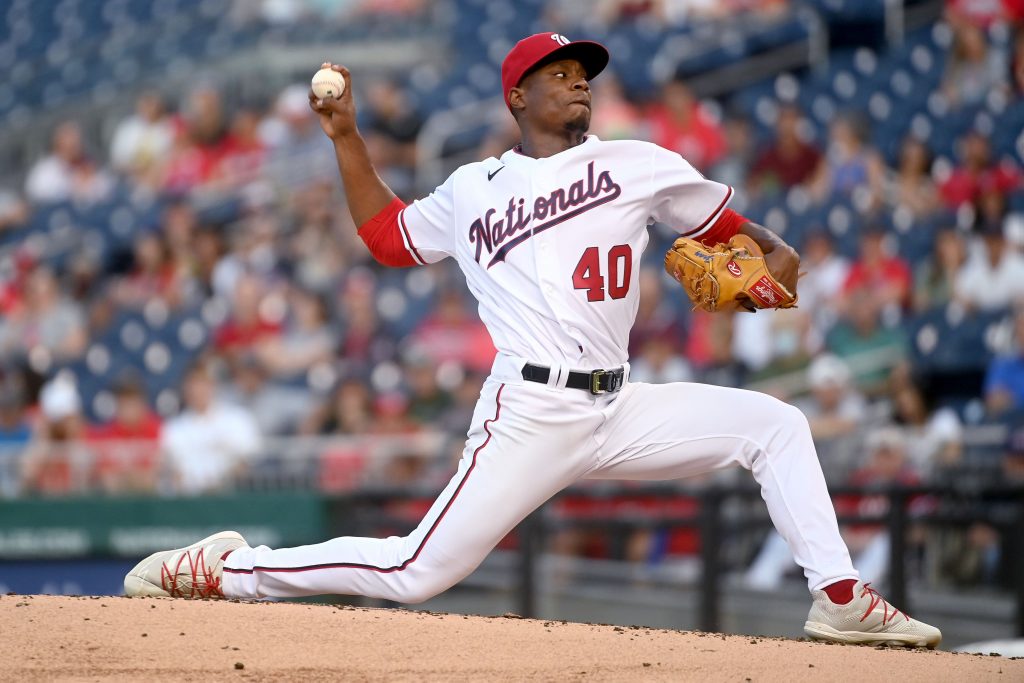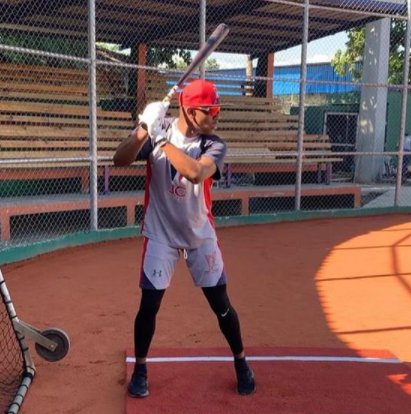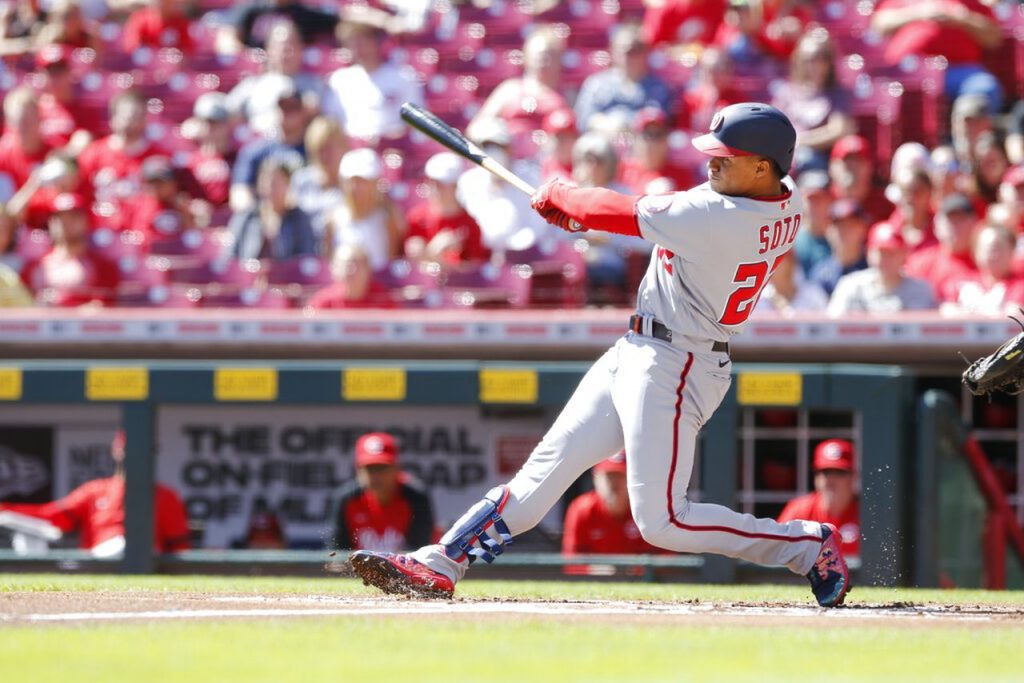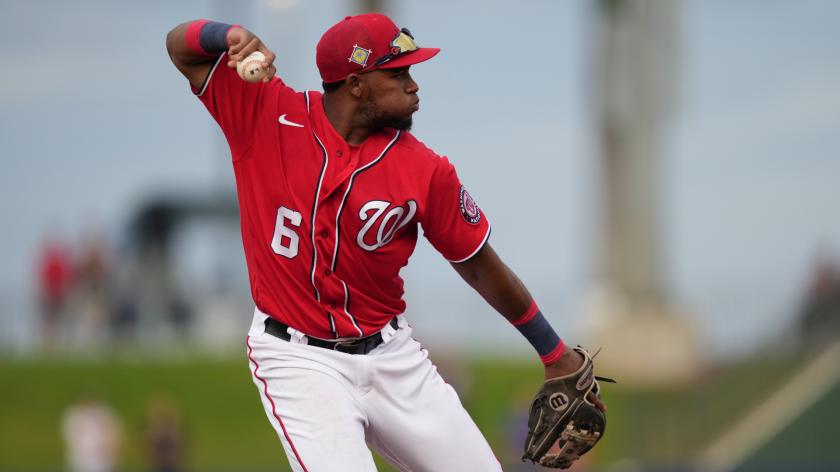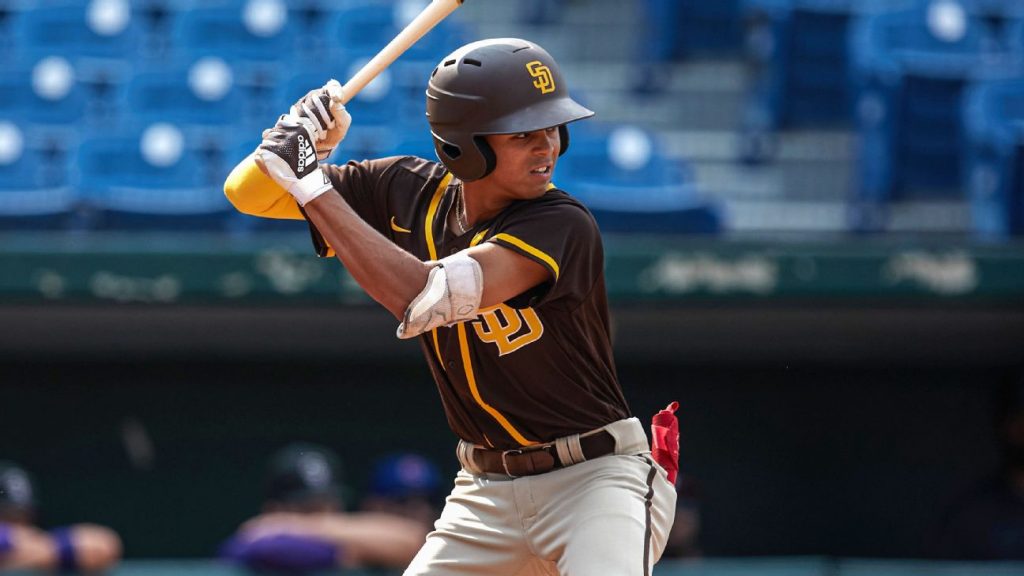
It’s a bit early to think about the Rule IV (aka Amateur) draft, but with our team dead last in the NL and going nowhere, we’re clearly in rebuilding mode, and the draft is the best way to acquire new talent.
Over the weekend, MLB officially announced the Bonus pools and individual pick values, and by association essentially announced the official draft order as well. Lets talk about each one.
Draft Order Finalized
Click here for the draft order on MLB.com as it is now essentially finalized (we’ll talk about why its not entirely finalized in a moment). The Nats will be picking at #5, 45, #84, #111, #141 … then every 30 after that for 20 rounds. So, three picks in the top 85 picks for us this year.
The MLB.com site does a good job showing the added picks, but doesn’t show the lost picks in this page. Luckily for you, I’ve got a spreadsheet for that.
Click here for the full draft order with lost/moved picks shown where they originally were. Here you can see the original and gained/lost picks.
- Only one team lost its first rounder this year: the Los Angeles Dodgers, which had its pick dropped 10 places for luxury tax violation purposes.
- Five teams lost their 2nd rounders for FA signings, the highest (and perhaps most curious) being Texas, who lost the 44th overall pick (and its $1.75M slot value) when they signed Marcus Seiman to a last place team. Others losing 2nd rounders include the Angels, Philly, Boston, and the Dodgers of course.
- Four (mostly lower-payroll) teams lost their third rounders: Also Texas (for Corey Seager), Minnesota, Detroit, and Seattle.
I wonder if Texas wasn’t given some sort of implicit ultimatum to step up and spend some money, given that they’re in the 4th largest market by MSA (after NY, LA, Chi) and make huge amounts of RSN dollars (somewhere between $80M and $150M/year, depending on which leaked document you believe about their 10-year FoxSports deal). I say this because it makes little sense for them to have committed to two major FA deals as a last place team, forgoing both a 2nd and 3rd rounder and all that bonus pool money, so that they (checks standings) can continue to be a last place team.
The draft order is “essentially” finalized because there still remains one player unsigned who has QO- compensation attached to him: Michael Conforto. Unfortunately for Conforto, he had off-season shoulder issues that prevented him from getting a serious offer, and a few weeks ago it was announced that he’s having season-ending shoulder surgery, which means the odds of him signing before the draft (at which point the compensation becomes moot) is nil. So, for the first time in Qualifying Offer history, a player will go completely unsigned for an entire year after being offered (and declining) a 1year 8 figure contract. Amazing.
Bonus Pools Announced
The Nats total bonus pool this year is their highest ever: a shade over $11M ($11,007,900 to be exact). They have the 7th largest pool despite picking 5th overall thanks to the Mets getting an extra 1st rounder and the Royals getting a huge $2.2M valued comp A pick, jumping them above the Nats in total value. By way of comparison, they had $8.7M picking 11th overall last year, so they’ll likely be getting an entire “extra” $2.2M valued player in some way or another in this draft.
Individual Pick Values
In addition to the total bonus pool, each of the first 316 slots has been officially assigned a slot value and published. I’ve now created a 2022 draft tracker skeleton spreadsheet to the overall master Nats Draft Tracker spreadsheet, which you can find at the link.
So, a $6.4M first round pick usually ends up meaning some savings there which can be applied later on in the draft. This is what the top-drafting teams generally do, instead of giving full slot to these top players. It remains to be seen how the Nats will work this in 2022; if we (for example) save $1m on their 5th overall pick, that’s $1m that can go to the 2nd pick, making that a $2.7M pick, which is the equivalent of a lower first rounder in the #27 overall range. Furthermore, teams can go 5% over the bonus pool without any penalties, and the Nats generally squeeze every dime out of this pool overage … so they could go up to 3.2M for their 2nd rounder (the equivalent of a #21 overall pick) before they start taking $$ away from their other 9 picks/total bonus pool … which we know they do extensively with the picks in the 6-10 range. So, lots of strategy in place.
How does this generally play out? A prep kid puts out a number and his representatives say, “Johnny Stud won’t sign for less than $2.5M.” The teams in that $2.5M first round range (picks 25-30) all pass. So now Johnny Stud starts getting overslot offers by teams at the top of the 2nd round, who know they can borrow from other parts of the pool. The Nats, in the upper 2nd round range, can absolutely be a player here and end up getting a 1st round talent in the 2nd.
A more risky approach is to save money for a pick in the 11th, where bonus pool figures no longer count and where a lot of players who’ve completely slipped out of the bonus pool range fall. This is risky because you’re counting on a guy being there and basically trying to save a ton of dollars for those spots. You can count on one hand the number of times the Nats have gone overslot with an 11th rounder or later in the past few drafts: JT Arruda and Jake Randa in 2019 (technically Lucas Knowles as well in 2019, though they basically gave him the few thousand leftover dollars), Jackson Stoeckinger in 2017, Armond Upshaw in 2016, who got $400k overslot as the 11th round pick, and Max Schrock in 2015, who also got a $400k overslot deal as the 13th pick.
Our 2021 draft is already looking like a great draft, with Brady House already on top 100 lists and tearing up full-season ball, with TJ White looking like he’ll get a mid-season promotion, Darren Baker already in high-A, and three lower-round pitchers in the Fredericksburg rotation in Brendan Collins, Andrew Alvarez, and Dustin Saenz.
Can’t wait to see what they pull in 2022.
